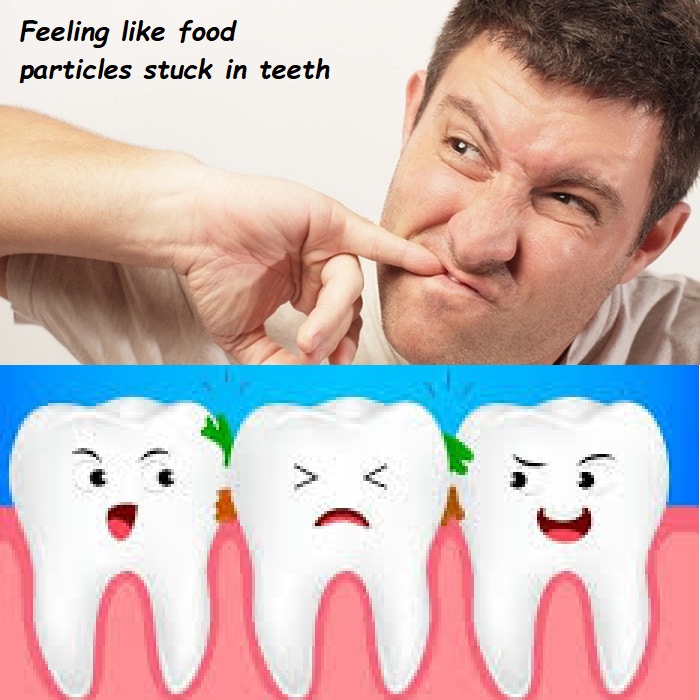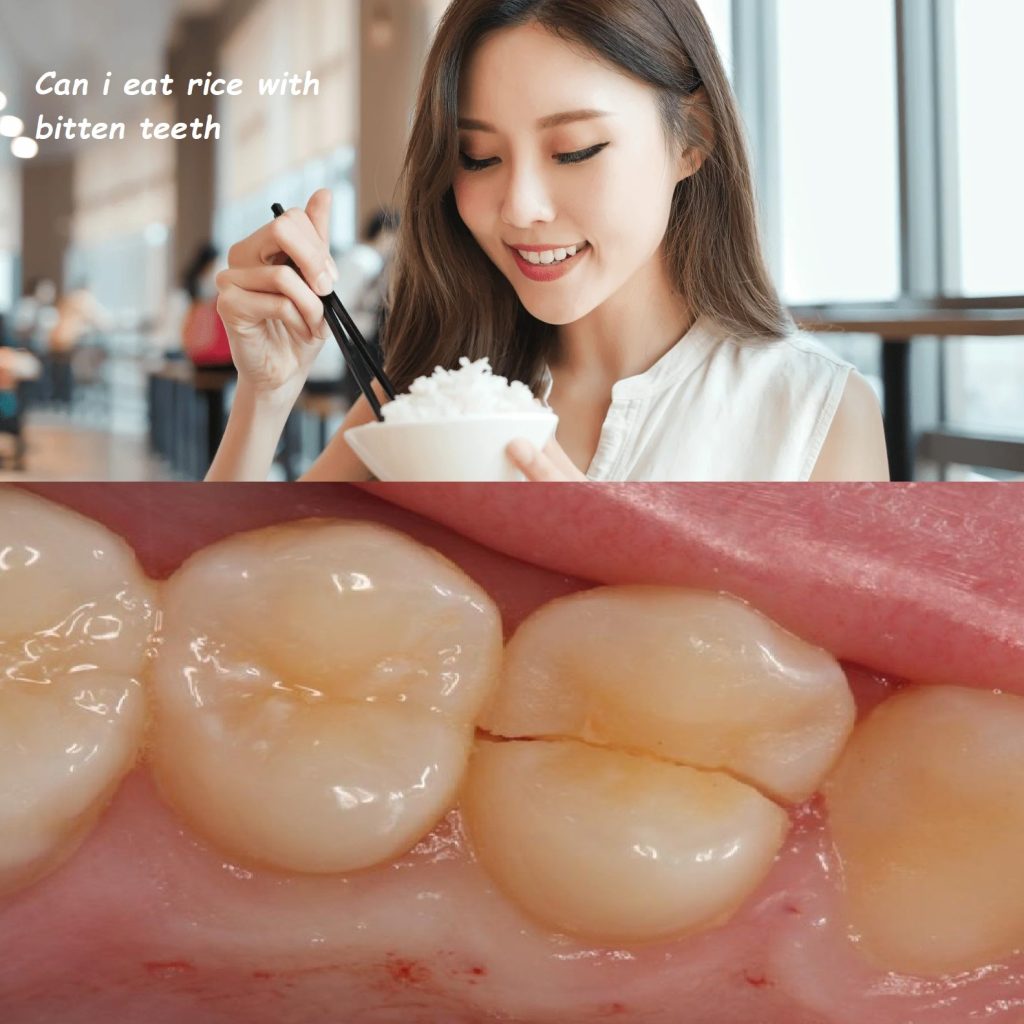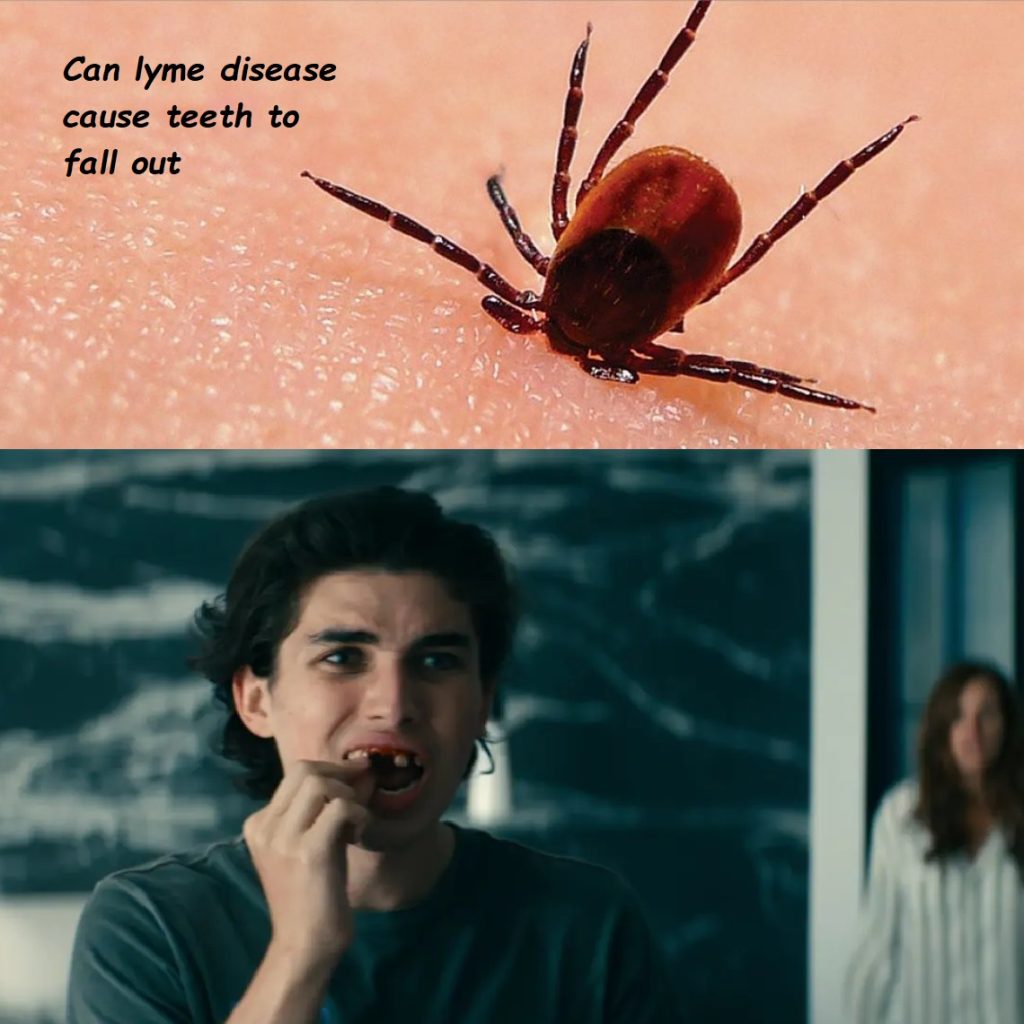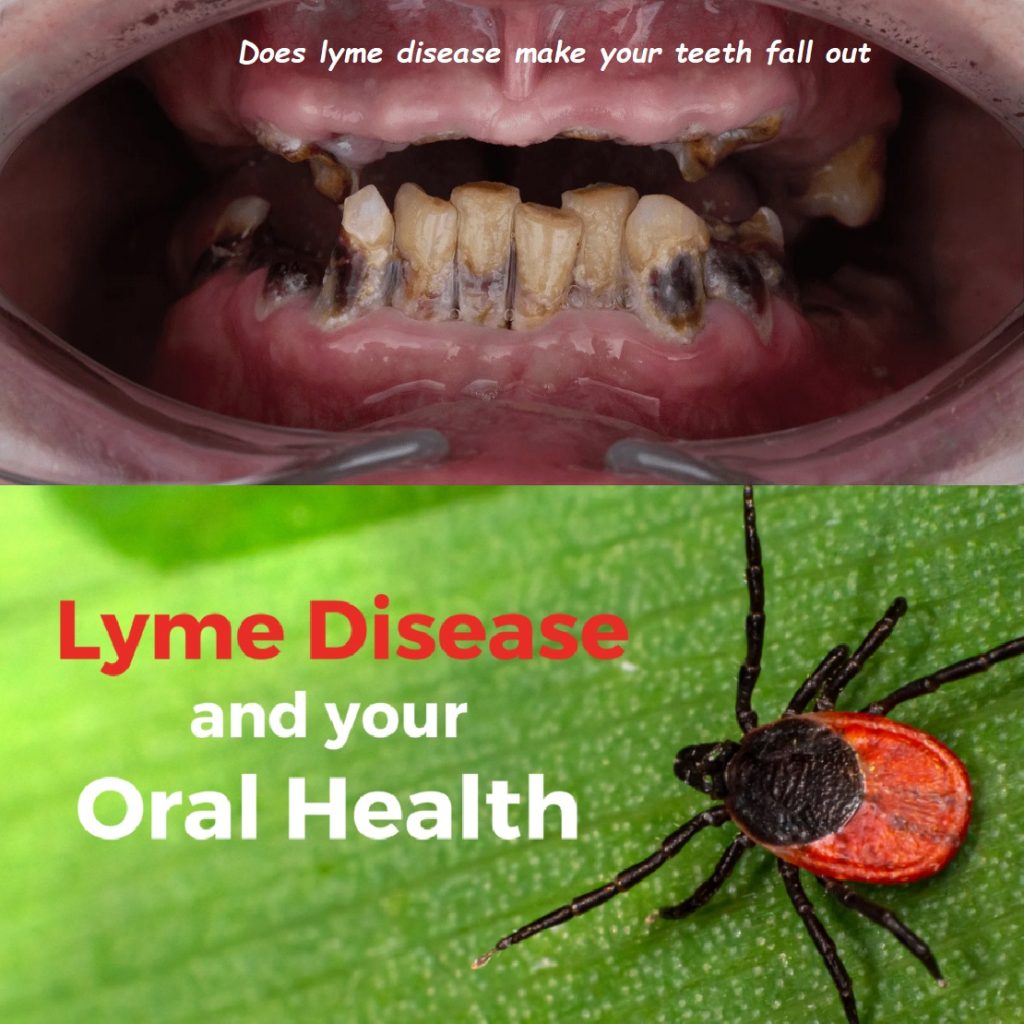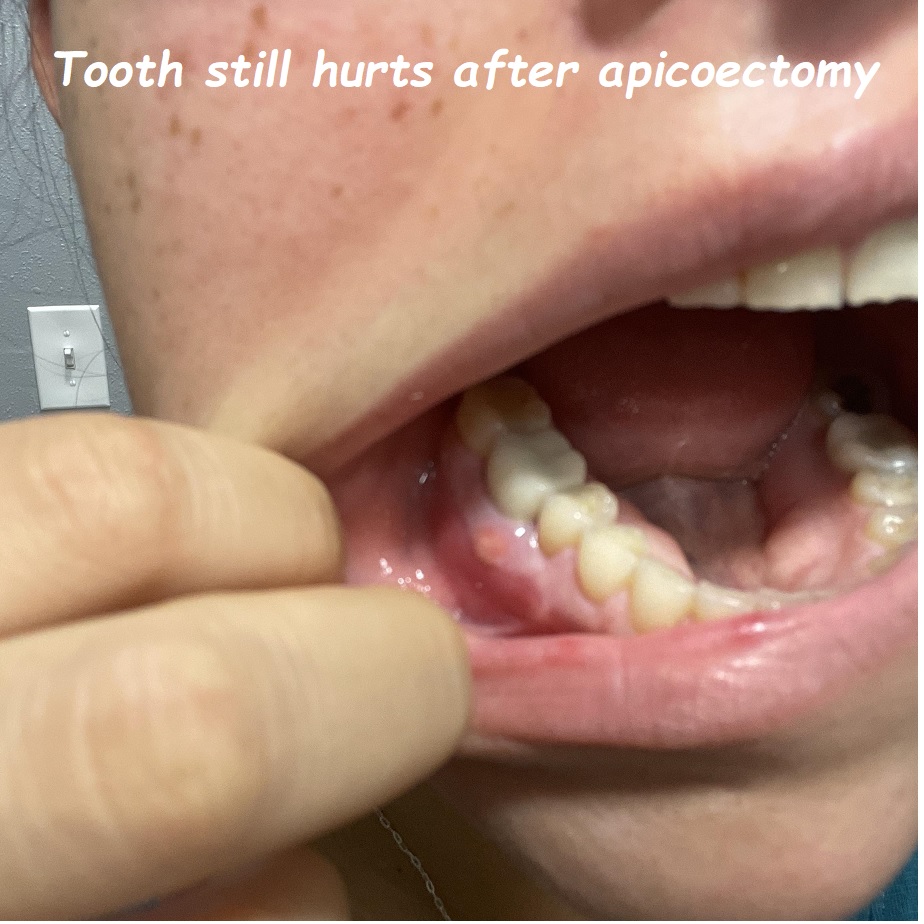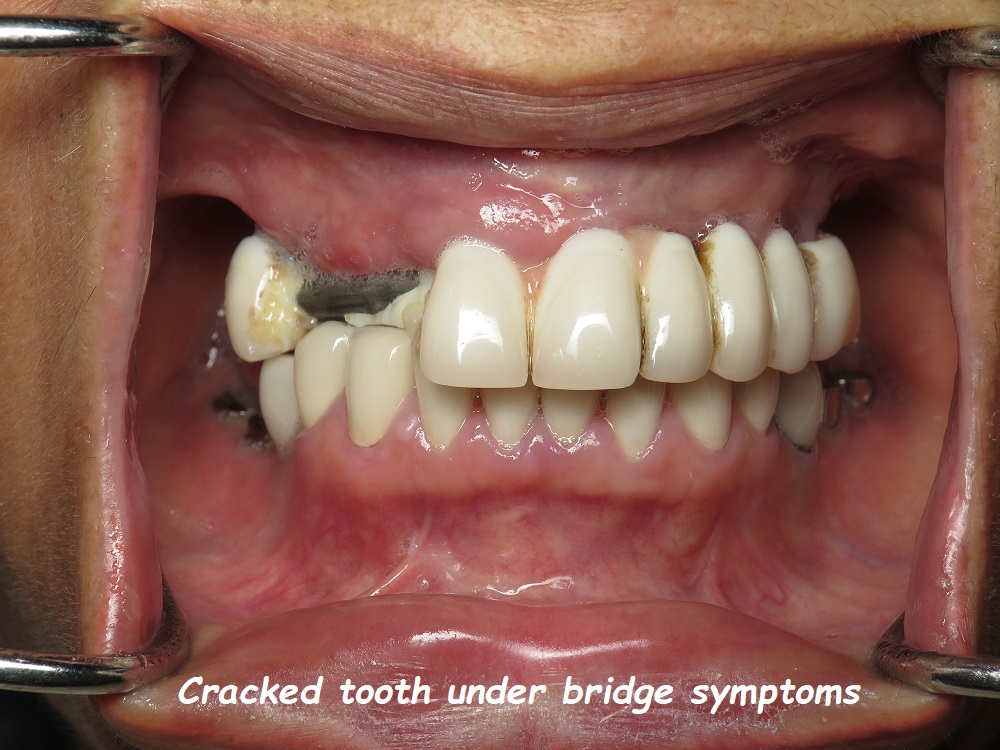can a cracked tooth under a crown be saved
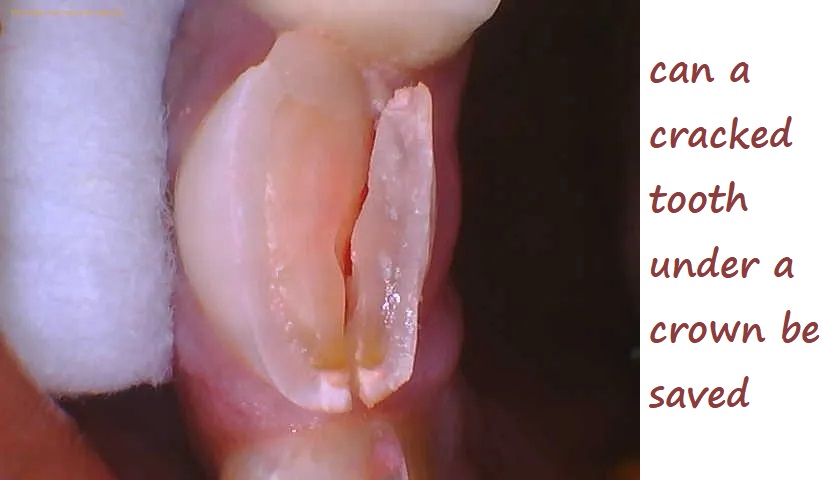
A cracked tooth under a crown is a dental issue that requires prompt attention to prevent further damage and potential tooth loss. While a crown is designed to protect and strengthen a damaged tooth, it doesn’t make the tooth invulnerable to new cracks or fractures. This comprehensive guide will explore the causes, symptoms, treatment options, and preventive measures for managing a cracked tooth under a crown.
Understanding Dental Crowns
What Is a Dental Crown?
A dental crown is a cap placed over a damaged or decayed tooth to restore its shape, size, strength, and appearance. Crowns are commonly made from materials such as porcelain, ceramic, metal, or a combination of these. They are used to:
- Protect a weak tooth from breaking
- Restore an already broken or severely worn tooth
- Cover and support a tooth with a large filling
- Hold a dental bridge in place
- Cover misshapen or severely discolored teeth
- Cover a dental implant
How Do Crowns Protect Teeth?
Crowns protect teeth by encasing the visible portion of the tooth above the gum line. This helps to:
- Prevent further decay or damage
- Strengthen the tooth structure
- Improve the tooth’s appearance
- Restore normal chewing function
Despite these benefits, the tooth underneath the crown can still be susceptible to cracks and other issues.
Causes of a Cracked Tooth Under a Crown
Trauma or Injury
A sudden blow to the mouth, such as from a fall, sports injury, or accident, can cause a tooth to crack even if it is protected by a crown.
Chewing Hard Foods
Biting down on hard foods, such as ice, hard candy, or nuts, can put excessive pressure on a crowned tooth and lead to cracks or fractures.
Bruxism (Teeth Grinding)
Bruxism, or the habit of grinding or clenching teeth, can exert significant pressure on teeth, including those with crowns. Over time, this can cause the underlying tooth to crack.
Decay Under the Crown
If decay develops under the crown, it can weaken the tooth structure and make it more prone to cracking. This can occur if the crown does not fit properly or if there is poor oral hygiene.
Age and Wear
Over time, crowns and the underlying teeth can wear down due to regular use. This natural wear and tear can make the tooth more susceptible to cracks.
Symptoms of a Cracked Tooth Under a Crown
Pain and Sensitivity
One of the most common symptoms of a cracked tooth under a crown is pain. This pain may be intermittent or constant and can be triggered by:
- Biting or chewing
- Exposure to hot or cold temperatures
- Eating sugary foods
Swelling and Tenderness
Swelling and tenderness around the affected tooth and gums can indicate a crack. This may be accompanied by redness and inflammation.
Visible Cracks or Fractures
In some cases, the crack may be visible when the crown is examined closely. However, because the crown covers the tooth, the crack may not always be apparent.
Loose Crown
If the underlying tooth is significantly damaged, the crown may become loose or feel unstable. This can be a sign of a crack or other structural issue.
Diagnosis of a Cracked Tooth Under a Crown
Clinical Examination
A thorough clinical examination by a dentist is essential to diagnose a cracked tooth under a crown. The dentist will check for:
- Visible cracks or fractures
- Signs of decay or damage
- Loose or unstable crowns
Dental X-rays
Dental X-rays can help identify cracks, decay, or other issues not visible during the clinical examination. However, small cracks may not always be detected on X-rays.
Special Diagnostic Tests
In some cases, the dentist may use special diagnostic tests, such as dye staining, transillumination (shining a light through the tooth), or using an explorer tool to detect cracks.
Treatment Options for a Cracked Tooth Under a Crown
Assessing the Extent of the Damage
The treatment for a cracked tooth under a crown depends on the extent and location of the crack. The dentist will assess whether the crack is:
- Limited to the crown or extends into the underlying tooth
- Superficial or involves the tooth’s root
- Vertical, horizontal, or diagonal
Replacing the Crown
If the crack is limited to the crown or involves minimal damage to the underlying tooth, replacing the crown may be sufficient. The dentist will remove the old crown, address any underlying issues (such as decay), and place a new crown.
Root Canal Treatment
If the crack extends into the tooth’s pulp (the innermost part containing nerves and blood vessels), root canal treatment may be necessary. This involves:
- Removing the damaged pulp
- Cleaning and disinfecting the root canals
- Filling and sealing the canals
- Placing a new crown to restore the tooth
Tooth Extraction
In severe cases where the crack extends below the gum line or involves significant damage to the tooth’s structure, extraction may be the only viable option. The dentist will discuss options for replacing the extracted tooth, such as dental implants, bridges, or dentures.
Preventive Measures
Good Oral Hygiene
Maintaining good oral hygiene is crucial for preventing decay and damage to crowned teeth. This includes:
- Brushing twice a day with fluoride toothpaste
- Flossing daily to remove plaque and food particles
- Using an antibacterial mouthwash
Regular Dental Check-ups
Regular dental check-ups allow the dentist to monitor the condition of your crowns and underlying teeth. Early detection of issues can prevent more extensive damage and the need for complex treatments.
Avoiding Hard Foods
Avoid chewing on hard foods, such as ice, hard candy, and nuts, to reduce the risk of cracks. Cut harder foods into smaller pieces and chew them with your back teeth.
Addressing Bruxism
If you grind or clench your teeth, talk to your dentist about treatment options. A custom-made nightguard can help protect your teeth and crowns from the damaging effects of bruxism.
Protecting Your Teeth
If you participate in contact sports or activities with a risk of facial injury, wear a mouthguard to protect your teeth and crowns from trauma.
Conclusion
A cracked tooth under a crown is a dental issue that requires prompt attention to prevent further damage and potential tooth loss. While crowns are designed to protect and strengthen damaged teeth, they do not make teeth invulnerable to new cracks or fractures. Understanding the causes, symptoms, and treatment options for a cracked tooth under a crown is essential for managing this issue effectively.
If you experience symptoms of a cracked tooth under a crown, such as pain, sensitivity, swelling, or a loose crown, seek prompt dental care. Early diagnosis and appropriate treatment can help save the tooth and prevent complications. By maintaining good oral hygiene, avoiding hard foods, addressing bruxism, and protecting your teeth, you can reduce the risk of cracks and ensure the longevity of your crowns and underlying teeth.


